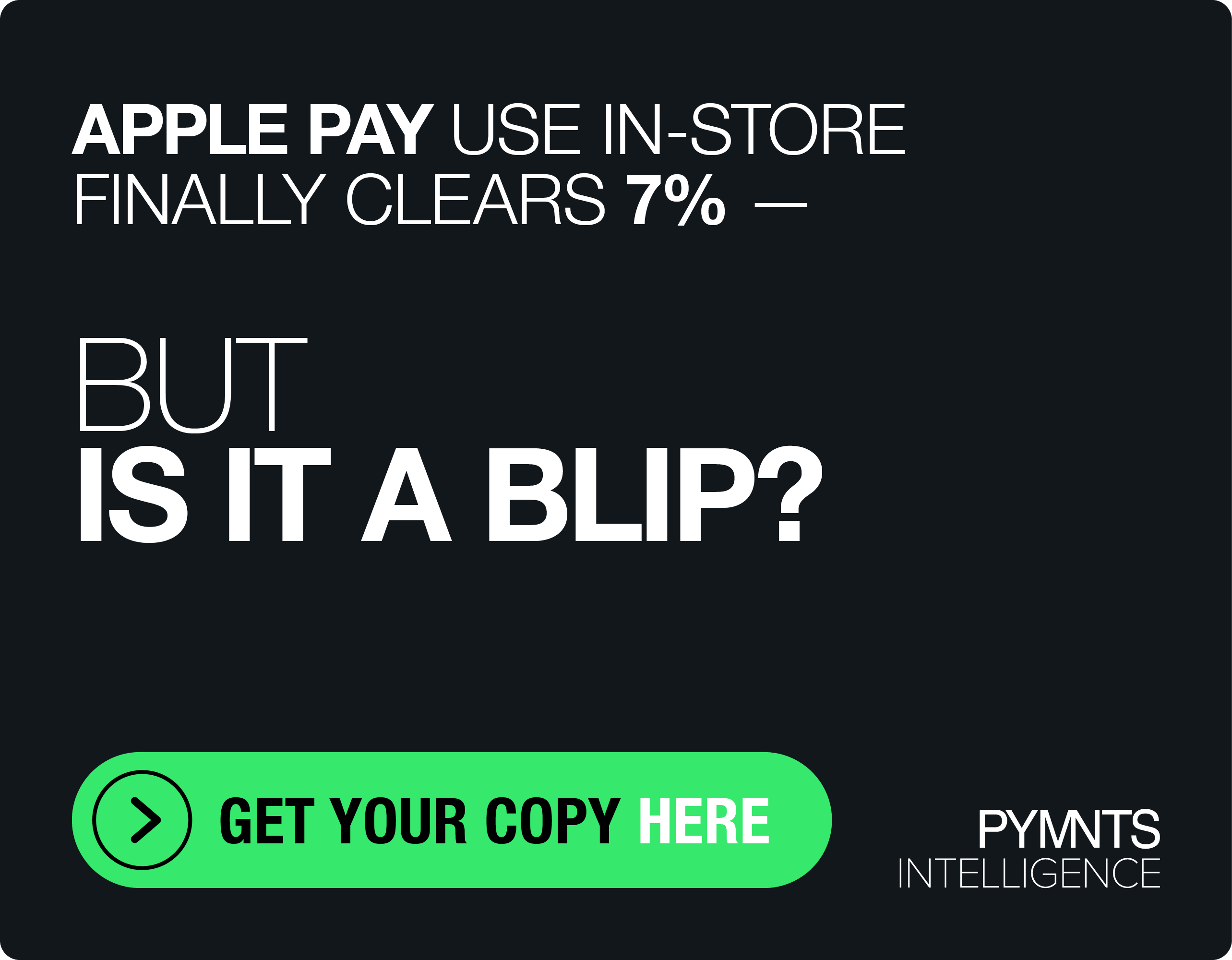Bank-FinTech Collaborations Set Stage For Real-Time Payments Expansion

The financial services ecosystem has evolved to a state where traditional financial institutions (FIs) and FinTechs, which once had been vying for the mind share and wallet share of end consumers, are now working more closely in an effort to innovate. To that end, Carl Robinson, senior vice president of Alacriti, told PYMNTS that the stage is set to bring real-time payments to a wider set of consumers and commercial use cases.
The current collaborative environment, he said, harkens back to the introduction of PSD2 in Europe – where markets and regulators forced FIs to examine their standing in a new banking environment. PSD2 made FIs look at technology and architecture, and consider the creation of interoperable models that would adhere to new standards, tackling everything from microservices to application programming interfaces (APIs). Banks also scrutinized relationship models and the evolution of open frameworks, and began to ask the question: “How do we leverage both?”
“COVID-19 only served as a catalyst to that digital transformation”, said Robinson.
Banks have by necessity trained a lens on what he called technology debt, where FIs have found that legacy infrastructure hasn’t allowed them to be as responsive to end clients’ needs. “With the technology debt in place, they’re looking to do that through collaborative ecosystems with FinTechs in the mix and with marketplaces,” said Robinson.
Meeting the client where they want to be met – across channels, online, at any time – means FIs must keep instant gratification in mind. That means taking a slightly inverted approach to new product and service development, where FIs must identify how and where the client wants to interact with them and then design solutions that work within those confines. At a high level, FIs must remove the frictions inherent in daily interactions, crafting real-time responses and then providing updates and alerts to end users.
“If you think of it in Amazon terms, I get an update on my phone,” Robinson said. “Every time I order a package, it tells me where it is. I can even track the driver now and see where the Amazon van is. Well, payments are no different, and banking and FinTech experiences are no different. Consumers want to see not only the original transaction and interaction and confirm that it’s taken place — they also want to see where it is in the process.”
Removing friction on the front end might involve positioning a chatbot with a real-time payment user interface (UI) (through FI/FinTech collaboration) that can pinpoint payments and communicate where they are as they flow from sender to receiver.
If there’s one universal in payments, it’s that transactions are getting faster — and real-time payment initiatives are popping up across the globe by the dozens. Robinson noted that with any new use case, education is the key to wider adoption. He recounted to PYMNTS that in one B2B scenario, a manufacturer switched from ACH to real-time payments, but had not informed the supplier. As a result, the materials paid for in real time didn’t ship any faster, simply because the supplier was caught unawares.
“The mechanism itself is one point of the facilitation of the experience,” he said. “The other point that cannot be overlooked is education. (Alacriti has been involved with the U.S. Faster Payments Council in an effort to boost those educational efforts.) “It’s important to make sure we have a plan for education and for proactively managing that expectation, as well as creating an experience around the real-time mechanism, whether it’s a payment or a message type,” Robinson added.
Looking ahead, though FIs and FinTechs are focused on touchless transactions and stronger fraud defenses, Robinson predicted that “in a year, we’ll be much farther down the road in creating new experiences for banks, credit unions and end users” in real-time digital transactions. New products and services will leverage artificial intelligence (AI), machine learning and intelligent routing to promote that coveted “instant gratification.”
But, as Robinson told PYMNTS of those collaborative efforts — the ones in place now and the ones to come — “it’s not just about applying the technology and assuming people will adapt. You also have to change the culture to think in a very different way.”
